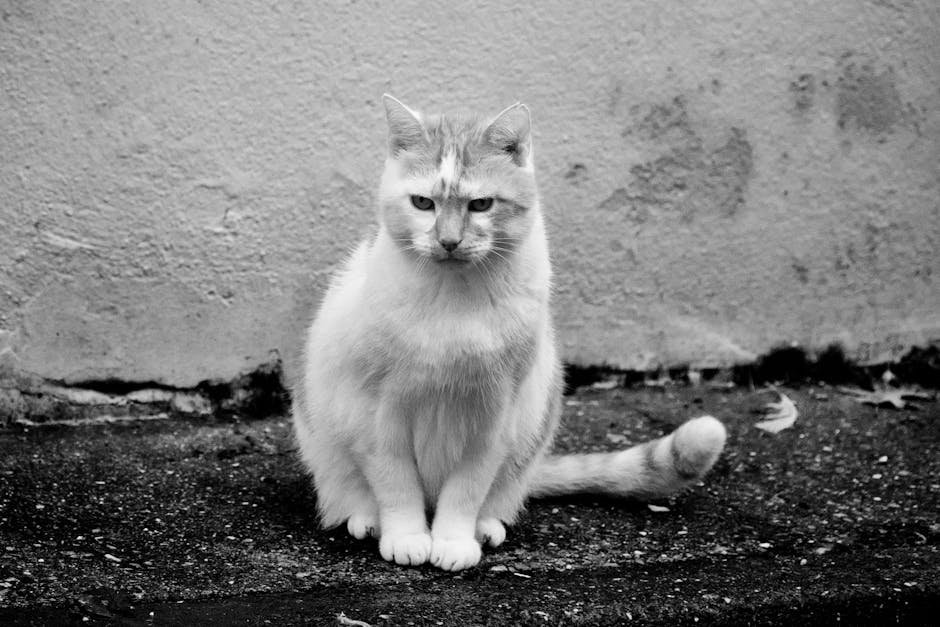Cats, those enigmatic creatures that many of us adore, have their own unique ways of communicating with the world. While they may not speak our language, they have a rich tapestry of signals and behaviors that convey their feelings and needs. Often, these subtle cues go unnoticed by even the most devoted cat owners. Understanding these feline communication methods can deepen the bond between you and your furry friend. So, let’s dive into the mysterious world of cat communication and uncover the signals that are often overlooked.
Purring Beyond Contentment
Many cat owners interpret purring as a sign of a happy cat, but there’s more beneath the surface. Purring can also indicate a range of emotions and needs. Cats may purr when they’re frightened, in pain, or even when they’re trying to calm themselves. It’s believed that the vibration from purring can have a healing effect, acting as a sort of self-soothing mechanism. Next time your cat purrs, consider the context. Are they relaxed in a sunlit patch, or is there an underlying tension? Recognizing the difference can help you respond more effectively to your cat’s needs.
The Tail’s Tale

A cat’s tail is like a mood ring, displaying a spectrum of emotions. While a high-held tail usually signifies confidence, a flicking or thrashing tail might suggest agitation or irritation. If your cat’s tail is puffed up, they’re likely feeling threatened or scared. On the other hand, a tail wrapped around another cat or human can be a sign of affection. Observing your cat’s tail can provide invaluable insights into their emotional state, much like reading the lines of a poem.
Slow Blinks of Love
Cats often communicate trust and affection through slow blinks. This gesture is akin to a gentle hug or a tender smile. When a cat slowly blinks at you, they are showing vulnerability and trust, as closing their eyes means they feel safe in your presence. To reciprocate, try slowly blinking back at your cat. This silent exchange can strengthen the bond between you and your feline companion, forming a bridge of mutual understanding and affection.
The Subtle Art of Meowing
While cats rarely meow to each other, they often use this vocalization to communicate with humans. Each cat’s meow can vary in pitch, volume, and frequency, conveying different messages. A short, high-pitched meow might be a greeting, while a longer, more insistent meow could indicate hunger or a need for attention. Paying attention to the nuances in your cat’s meows can help you decipher their requests, much like learning a new language.
Ear Movements: The Hidden Antennae
Cats’ ears are incredibly expressive and can reveal much about their mood and alertness. Ears pointed forward generally indicate curiosity or interest, while ears flattened against the head can signal fear or aggression. If your cat’s ears are swiveling around, they’re likely listening intently to their environment. By observing these subtle ear movements, you can gain a better understanding of what your cat is experiencing and how they might react to changes in their surroundings.
Body Language: The Unspoken Dialogue
A cat’s body language is a rich source of communication. A relaxed cat will often lounge with their belly exposed, indicating trust. However, a cat that crouches low with dilated pupils may be preparing to pounce or feeling threatened. The position of their whiskers can also convey emotions; forward-facing whiskers suggest curiosity, while whiskers pulled back may indicate fear. Becoming attuned to these signals can help you respond appropriately, ensuring your cat feels safe and understood.
In conclusion, while cats may not speak our language, their communication is no less profound. By paying attention to these often-overlooked signals, you can foster a deeper connection with your feline friend. Understanding their unique language not only enriches your relationship but also ensures the well-being and happiness of your beloved pet.

Growing up traveling and experiencing new cultures and wonders, I have had a passion for nature, adventuring, photography, and videography. I am currently working towards a BSc in Biodiversity and Ecology at Stellenbosch University, and I hope to specialise in Marine Sciences one day.
Please send any feedback to Feedback@animalsaroundtheglobe.com






